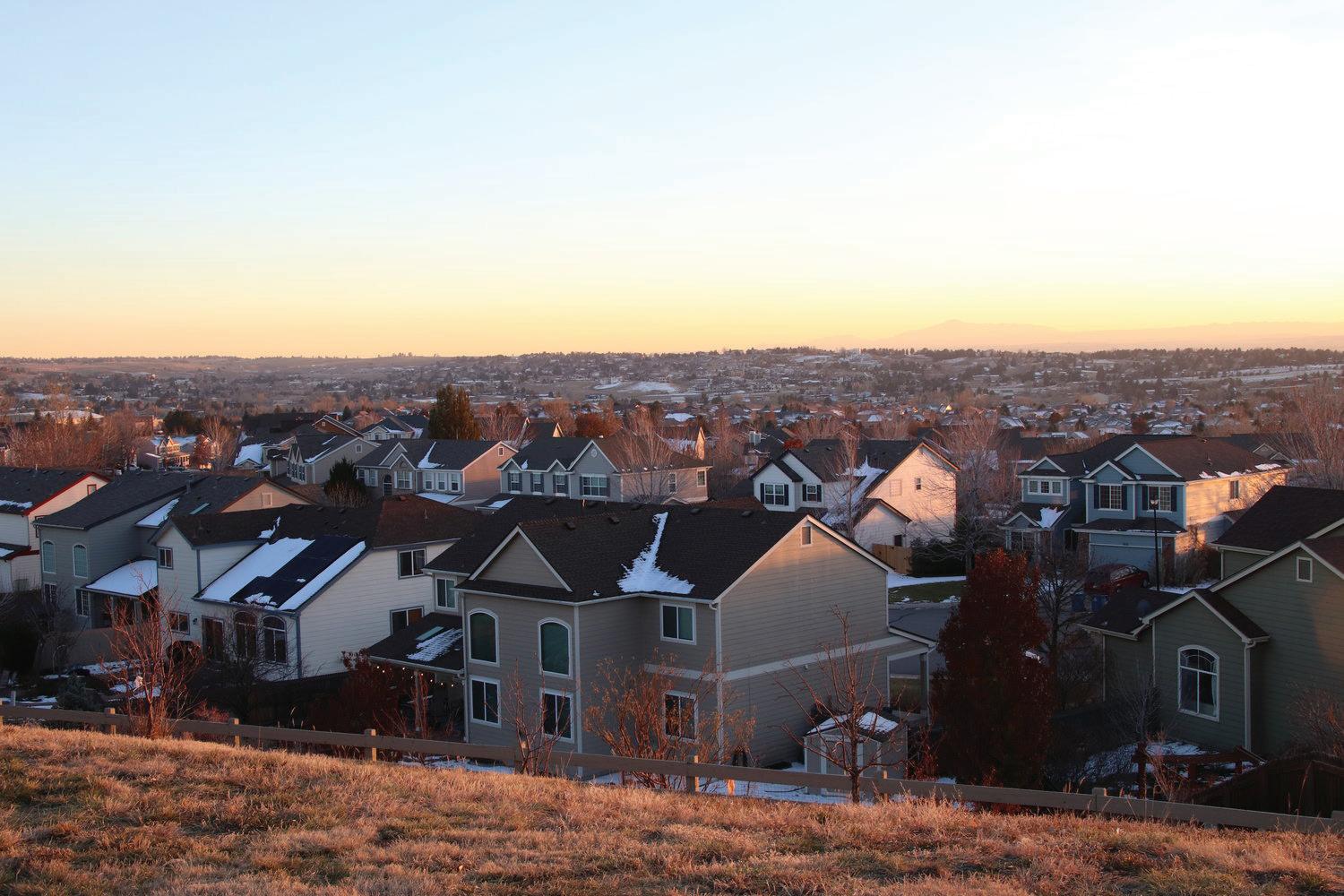
4 minute read
State breathes life into lifeguard training
hours, and stay open longer this summer,” Polis said in his announcement.
“We are thrilled that so many local governments across the state applied for this funding so that families, friends, and neighbors can dive right into the summer.” upfront to start,” Brehm said. “With the grant, we will defer the payment of those [lifeguard] certi cation costs.”

BY JOHN RENFROW JRENFROW@COLORADOCOMMUNITYMEDIA.COM
Countless public pools opened over the Memorial Day weekend as schools let out and summer approaches. But whether they remain open throughout the season is another matter.
e state of Colorado is boosting aid along the Front Range and across the state to help local pools avoid that outcome.
Gov. Jared Polis announced nancial help on May 30 for nearly 50 cities and districts as part of the Lifeguard Training Initiative — a follow-up to his administration’s Pools Special Initiative, launched last summer.
e initiative was announced early this month at the Northglenn Recreation Center, along with administrators, local o cials, lawmakers and community members.
“We are making a splash with this exciting support for lifeguards, part of our ongoing work to make sure that pools can safely open earlier, expand e grants, implemented by the state’s local a airs and labor departments, ranged from $1,000 requests to $20,000, the maximum. In the end, the state allocated mixed amounts, but exhausted almost all of the available funds, leaving just $200 to potentially allocate supplementally.. ough it won’t solve the main shortage problem, having the funding helps, said SSPRD Aquatics Manager Karl Brehm, who came down from a lifeguard stand himself to talk to Colorado Community Media.
South Suburban Parks and Recreation District (SSPRD), which reported a signi cant shortage of lifeguards earlier in the month, received $10,700 — the highest-allocated amount awarded to more than a dozen districts or cities. Cities like Aurora and Boulder received the same amount.
Part of the shortage lies with the expensive cost of training lifeguards. Many prospective employees may be dissuaded by the idea of paying to obtain lifeguard certi cation.
“It will help us reach a demographic that is lacking in having the funds e funds from the state help provide time for pools to keep hiring and training ongoing, Brehm added. He described the support as not a favor, however, but a public service.
A full-course lifeguard training at South Suburban through Red Cross costs $175. Community First Aid, CPR and AED training/blended learning costs $80. But after 75 hours of work, South Suburban reimburses course fees [excluding the $40 certi cation fee].
Other communities received smaller amounts. e City of ornton got $6,892, Commerce City, $1,462, and Parker, $4,499. e Town of Castle Rock received $7,873 and Brighton received $1,687.
A national lifeguard shortage affects roughly a third of public pools throughout the country. Colorado has struggled similarly. e state grant money aims to help train and retain lifeguards, which can be di cult to do these days, according to Brehm.
“I have seen, more and more, less interest in the position,” Brehm told Colorado Community Media in May.
Brehm said South Suburban, like many other area pools, must hire throughout the season to try and maintain strong employee numbers.
Publication Date: July 6, 2023
Advertising Sales Deadline: Wednesday, June 28th at NOON
Classified Sales Deadline: Thursday, June 29th at 10 a.m.
“It hearkens to a safety situation. People want to have the pools open. We want to have them open. But there’s a barrier that stands there,” Brehm said in response to the funding. “Having the state recognize that it is something that people want, and there’s a barrier to it, I look at it as a civic responsibility. ere is a need, and it is being met.”
BY ROBERT DAVIS YELLOW SCENE MAGAZINE
Andrew Sorensen and his wife Samantha were elated when they bought their home in Broom eld’s Baseline neighborhood in September 2022 after nearly a year of bidding on homes that were overpriced and uninhabitable in some cases.
However, Sorensen said that excitement quickly turned to trepidation after the couple learned that their home was controlled by a metropolitan district, a controversial tool that Colorado developers use to build homes.


Sorensen’s home is part of Baseline Metropolitan District 3, one of nine metro districts that are responsible for developing homes and maintaining the necessary infrastructure like roads, water lines, and are often paid back through property tax mill levies. ere’s just one catch: e board members that set the Baseline Metropolitan District’s tax levels all work for McWhinney Real Estate Services, the developer building the neighborhood.
So far, the metro district has codied about $764 million in bonds that it can issue to investors. e debt incurred by these bonds would be paid back by Baseline homeowners over the next several decades.
“When McWhinney owns the land, the rights to develop it, and the right to charge Coloradans whatever the company would like to nance the project via bonds, can you call it anything but self-dealing?” Sorensen asked Colorado lawmakers in February.
Like other homeowners in Colorado, Sorensen wants greater transparency and responsiveness from his metropolitan district’s governing board. For example, Sorensen said
He added that they also have no say in whether McWhinney raises the district’s mill levy in the future. is could e ectively price Sorensen, and other homeowners, out of the neighborhood if they are unable to keep up with property tax increases, he said.
“ ese practices should be far more heavily regulated than they are,” Sorensen added.



Metro districts and homebuilding
Metropolitan districts have come under increasing scrutiny in recent years as Colorado’s challenges with housing a ordability continue to fester.
ese districts were created in the 1980s to help solve a very practical problem. Colorado’s economy was under signi cant pressure as employment nosedived in government, retail, and hospitality due to enormous speculation in the state’s housing market. As a result, local government tax receipts declined unable to support new infrastructure ects even as the state’s population increased.
Metro districts o ered tax-hobbled jurisdictions an alternative nancing model for infrastructure projects. Instead of only using tax subsidies, metro districts can raise debt from private investors by selling bonds and use those proceeds to fund construction. ese districts then collect property taxes from homeowners to pay for their maintenance expenses. In 2000, there were about 200 metro districts in Colorado. Today, there are more than 2,300 metro districts in Colorado, according to the Special District Association of the Division of Local Government. Groups like the Colorado Association of Home Builders say metro districts can improve housing a ordability by reducing the per unit infrastructure costs by between $30,000 and $40,000. But homeowners like Sorensen think there need










